A Guide to Hyperthermia Therapy for Prostate Cancer in Mexico
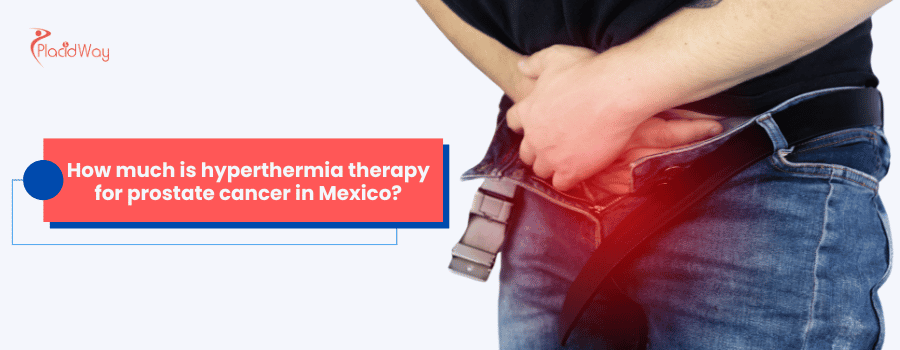
Dealing with a prostate cancer diagnosis can be overwhelming, and exploring all available treatment options, including those abroad, is a natural step. Mexico has emerged as a popular destination for medical tourism, offering various cancer therapies, often at a more accessible cost than in other countries. Among these, hyperthermia therapy is gaining attention as an adjunctive or standalone treatment for prostate cancer. This blog post aims to provide a detailed overview of hyperthermia therapy for prostate cancer in Mexico, addressing common questions regarding costs, procedures, and what to expect. We'll delve into the specifics to help you make informed decisions about your healthcare journey.
How much does hyperthermia therapy for prostate cancer cost in Mexico?
"Hyperthermia therapy for prostate cancer in Mexico can range from $5,000 to $15,000 per cycle or be part of comprehensive treatment packages that cost $18,995 to $60,000+ for programs lasting several weeks, depending on the clinic, the type of hyperthermia, and the overall treatment plan."
The cost of hyperthermia therapy for prostate cancer in Mexico varies significantly based on several factors. Individual sessions of localized or whole-body hyperthermia might cost between $1,000 and $3,000 each, while comprehensive packages that include multiple cycles or integrate hyperthermia with other therapies can range from approximately $5,000 to $15,000 per cycle. Many clinics in Mexico offer all-inclusive programs that bundle hyperthermia with other treatments like immunotherapy, detoxification, and nutritional support, with these packages typically ranging from $18,995 for a three-week outpatient program to over $60,000 for more extensive, multi-week inpatient care. These comprehensive programs often cover consultations, diagnostic tests, the procedures themselves, and sometimes even accommodation and transportation.
The wide price range is due to the diverse offerings from various clinics, the specific type of hyperthermia used (e.g., localized, regional, whole-body), the duration of treatment, and the inclusion of complementary therapies. It's crucial to get a detailed breakdown of costs from any clinic you consider to understand exactly what is included in the price.
What is hyperthermia therapy for prostate cancer?
"Hyperthermia therapy for prostate cancer is a treatment that uses heat to damage and kill cancer cells or to make them more sensitive to other cancer treatments, such as radiation therapy and chemotherapy."
Hyperthermia therapy involves exposing body tissue to high temperatures, typically between 104°F and 113°F (40°C and 45°C). This controlled heating can directly destroy cancer cells, as they are often more sensitive to heat than healthy cells. Furthermore, hyperthermia can enhance the effectiveness of other cancer treatments. For instance, when combined with radiation therapy, heat can make cancer cells more susceptible to the damaging effects of radiation. Similarly, it can improve the uptake and efficacy of certain chemotherapy drugs. This makes hyperthermia a valuable adjunctive therapy, though it can also be used as a primary treatment in some cases, particularly in alternative and integrative cancer treatment settings.
The principle behind hyperthermia is that cancer cells have an impaired ability to dissipate heat compared to normal cells, leading to their thermal destruction. This technique can be applied locally, regionally, or to the whole body, depending on the extent and location of the prostate cancer.
How is hyperthermia therapy administered for prostate cancer?
"Hyperthermia therapy for prostate cancer can be administered using various methods, including localized hyperthermia (heating a small area), regional hyperthermia (heating a larger area like a body cavity or limb), or whole-body hyperthermia (raising the patient's entire body temperature)."
For prostate cancer, localized hyperthermia is often employed, where heat is directly applied to the prostate gland. This can be achieved through different techniques such as:
- Radiofrequency (RF) ablation: High-frequency electrical currents generate heat.
- Microwave therapy: Microwaves are used to heat the target tissue.
- Ultrasound hyperthermia: High-frequency sound waves focus heat on the cancerous area.
- Interstitial hyperthermia: Heat sources (e.g., probes) are directly inserted into the tumor.
Regional hyperthermia might be used if the cancer has spread to nearby lymph nodes or pelvic regions. In some integrative clinics, whole-body hyperthermia is utilized, aiming to create a fever-like state that is believed to boost the immune system and make cancer cells more vulnerable throughout the body. The specific method chosen depends on the stage and location of the prostate cancer, as well as the clinic's specialized equipment and protocols.
Is hyperthermia therapy an FDA-approved treatment for prostate cancer?
"In the United States, hyperthermia therapy is an FDA-approved method primarily used in combination with radiation therapy and chemotherapy for certain types of cancer, but it is not a standalone, FDA-approved primary treatment for prostate cancer."
While hyperthermia is recognized by the FDA as a viable treatment to enhance the effectiveness of other cancer therapies, its specific application as a standalone treatment for prostate cancer or its widespread approval as a primary therapy can vary. In Mexico, many clinics offer hyperthermia as part of an integrative approach, often combining it with other conventional or alternative treatments. Patients seeking hyperthermia therapy in Mexico should understand that these treatments may not always align with the exact protocols or approvals found in their home countries. It is crucial to research the specific accreditations and medical standards of the Mexican clinic you are considering.
What are the benefits of choosing hyperthermia therapy in Mexico for prostate cancer?
"The benefits of choosing hyperthermia therapy for prostate cancer in Mexico often include significantly lower costs, access to integrative and alternative treatment approaches, and personalized patient care."
Mexico's medical tourism sector offers compelling advantages for patients seeking prostate cancer treatment. The primary draw is often the affordability; treatments in Mexico can be 50% to 70% less expensive than comparable procedures in the U.S., Canada, or Europe, even for advanced therapies like hyperthermia. Beyond cost savings, many Mexican clinics specialize in integrative oncology, combining conventional treatments with alternative and holistic therapies. This can appeal to patients looking for a more comprehensive and personalized approach to their cancer care.
Furthermore, clinics in Mexico often pride themselves on providing patient-first care, with shorter wait times, direct access to specialists, and a focus on comfort and overall well-being. This can translate to a more supportive and less stressful treatment experience, which is particularly beneficial for cancer patients.
What should I consider when choosing a clinic for hyperthermia therapy in Mexico?
"When choosing a clinic for hyperthermia therapy in Mexico, consider factors such as the clinic's accreditations, physician experience, patient testimonials, transparent pricing, and the specific type of hyperthermia and complementary therapies offered."
Selecting the right clinic for prostate cancer hyperthermia therapy is crucial. It's vital to research clinics that are internationally accredited or have a strong reputation for patient safety and quality care. Look for facilities with experienced oncologists and specialists in hyperthermia, ideally with a proven track record in treating prostate cancer. Patient testimonials and reviews can offer valuable insights into the patient experience and treatment outcomes.
Additionally, ensure the clinic provides transparent pricing with no hidden fees and a clear breakdown of what's included in the treatment package. Inquire about the specific type of hyperthermia equipment they use and how it integrates with other therapies. Finally, consider the overall approach of the clinic—whether it aligns with your preferences for conventional, alternative, or integrative care.
How long does a typical hyperthermia treatment session last for prostate cancer?
"A typical hyperthermia treatment session for prostate cancer can last between 30 minutes to a few hours, depending on the type of hyperthermia (localized, regional, or whole-body) and the specific protocol prescribed."
The duration of each hyperthermia session for prostate cancer varies significantly. Localized hyperthermia, which targets a small, specific area, might be as short as 30 to 60 minutes. Regional hyperthermia, heating a larger area, could take 1 to 2 hours. Whole-body hyperthermia, designed to raise the core body temperature, can sometimes extend to several hours. The overall treatment course usually involves multiple sessions, often delivered over several weeks, depending on the patient's response and the overall treatment plan. Your medical team will provide a detailed schedule tailored to your specific condition.
What are the potential side effects of hyperthermia therapy for prostate cancer?
"The potential side effects of hyperthermia therapy for prostate cancer are generally mild and temporary, and may include skin discomfort or burns at the treatment site, fatigue, and pain."
While generally considered safe, hyperthermia therapy can have side effects. For localized and regional hyperthermia applied externally, common side effects include skin redness, blistering, or pain in the treated area, similar to a minor burn. Internal methods might carry a small risk of infection. Whole-body hyperthermia can lead to more systemic effects such as fatigue, nausea, vomiting, and temporary changes in blood pressure or heart rate. However, these side effects are usually managed with supportive care and typically resolve once the treatment sessions are complete. Serious complications are rare, especially when the procedure is performed by experienced professionals in a controlled environment.
Can hyperthermia therapy be combined with other prostate cancer treatments?
"Yes, hyperthermia therapy is often combined with other prostate cancer treatments such as radiation therapy, chemotherapy, and immunotherapy to enhance their effectiveness."
Hyperthermia is frequently used as a sensitizer, meaning it makes cancer cells more vulnerable to other forms of therapy. When combined with radiation therapy, heat can damage cancer cells that might otherwise survive radiation, making the overall treatment more effective. Similarly, hyperthermia can increase the uptake of chemotherapy drugs by cancer cells, thereby improving their impact. In integrative settings, it's also combined with immunotherapy, as the heat can potentially stimulate an anti-tumor immune response. This synergistic approach aims to maximize cancer cell destruction while potentially reducing the doses or intensity of other treatments, thereby minimizing their side effects.
Is hyperthermia therapy suitable for all stages of prostate cancer?
"Hyperthermia therapy can be considered for various stages of prostate cancer, often as an adjunctive treatment for localized or regionally advanced disease, and sometimes as part of comprehensive protocols for metastatic cancer."
The suitability of hyperthermia therapy for prostate cancer depends on the individual case, including the stage of the cancer, its aggressiveness, and the patient's overall health. For early-stage, localized prostate cancer, it might be used to enhance the effects of radiation or active surveillance. For more advanced or regionally spread disease, hyperthermia can be integrated into a multi-modal treatment plan. In some alternative clinics, whole-body hyperthermia is offered even for metastatic prostate cancer, often as part of a broader holistic approach aiming to boost the body's natural defenses. A thorough evaluation by a qualified medical professional is essential to determine if hyperthermia is an appropriate treatment option for your specific situation.
How many hyperthermia sessions are typically needed for prostate cancer?
"The number of hyperthermia sessions typically needed for prostate cancer varies widely depending on the specific treatment protocol, ranging from a few sessions as part of a short course to multiple sessions over several weeks for more extensive or integrative programs."
There is no fixed number of hyperthermia sessions for all prostate cancer cases. If used as an adjunct to radiation therapy, it might involve 1-2 sessions per week during the course of radiation. For more comprehensive or standalone protocols in integrative clinics, patients might undergo daily or every-other-day sessions over a period of 2 to 6 weeks. The exact frequency and total number of sessions will be determined by your treating physician based on your individual diagnosis, treatment goals, and how your body responds to the therapy.
What is the recovery process after hyperthermia therapy for prostate cancer?
"The recovery process after hyperthermia therapy for prostate cancer is generally quick, with most patients experiencing mild and temporary side effects that subside shortly after each session, allowing for a relatively normal daily routine."
The recovery after hyperthermia therapy for prostate cancer is typically not as intensive as that for surgery or aggressive chemotherapy. Patients might experience temporary fatigue, mild discomfort, or skin irritation at the treatment site. These side effects are usually short-lived, allowing patients to resume most of their normal activities relatively quickly. If whole-body hyperthermia is performed, some patients might feel more fatigued or flu-like symptoms for a day or two. Clinics in Mexico often offer supportive therapies and a comfortable environment to aid in recovery and manage any mild side effects, focusing on the patient's overall well-being throughout the treatment journey.
Are there follow-up care recommendations after hyperthermia therapy in Mexico?
"Yes, follow-up care recommendations after hyperthermia therapy in Mexico typically include regular monitoring with PSA tests and imaging, lifestyle modifications, and ongoing communication with the clinic or your local physician."
After completing hyperthermia therapy for prostate cancer in Mexico, most clinics provide detailed follow-up care recommendations. This usually involves regular monitoring of PSA (Prostate-Specific Antigen) levels, along with periodic imaging scans (such as MRI or CT) to assess the treatment's effectiveness and monitor for any recurrence. Many integrative clinics also emphasize lifestyle modifications, including dietary changes, exercise, and nutritional supplementation, to support long-term health and prevent cancer recurrence. It's crucial to maintain open communication with the Mexican clinic and to share your treatment records with your local physician to ensure coordinated and continuous care.
Explore PlacidWay for solutions related to medical tourism, healthcare services, or other relevant offerings.


.png)
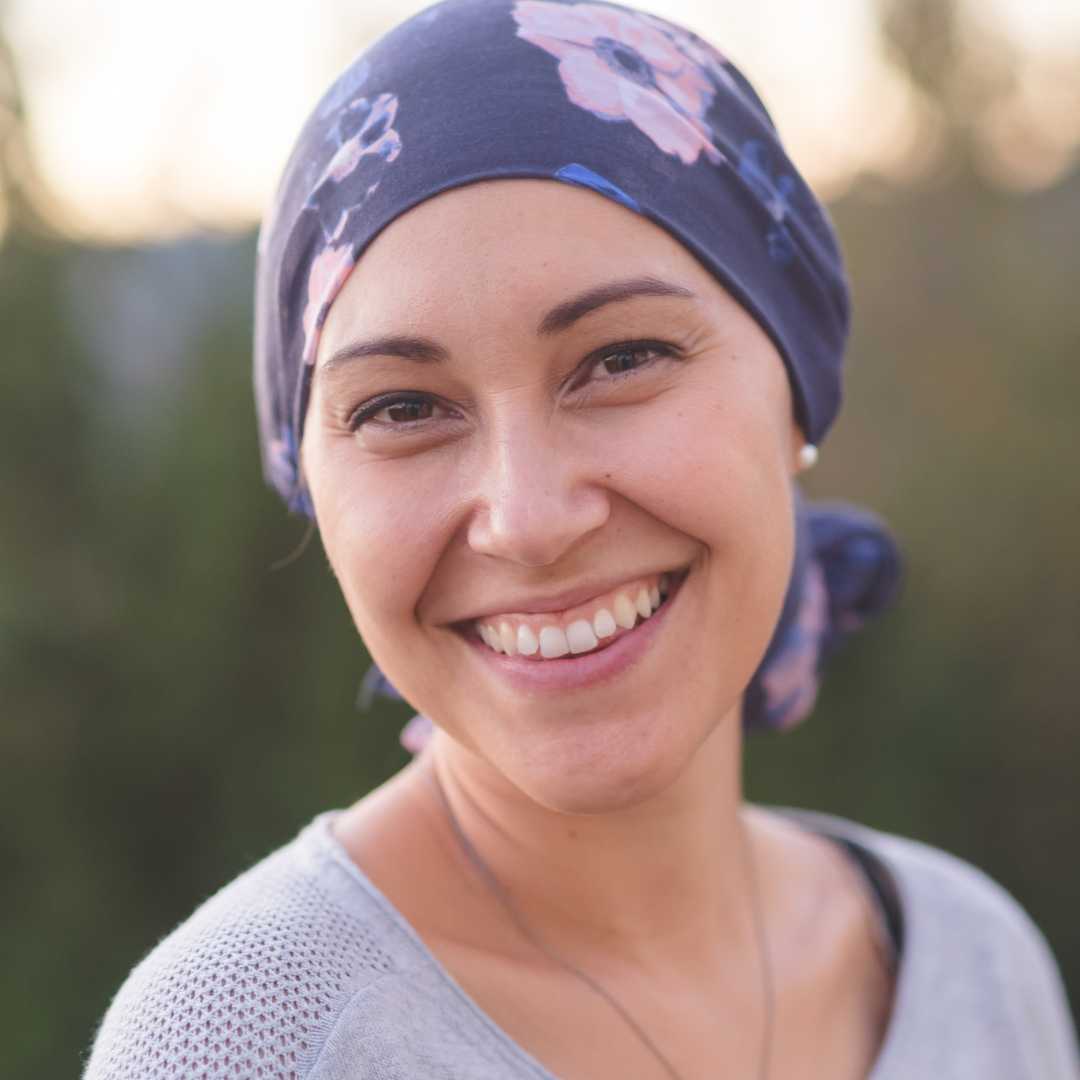
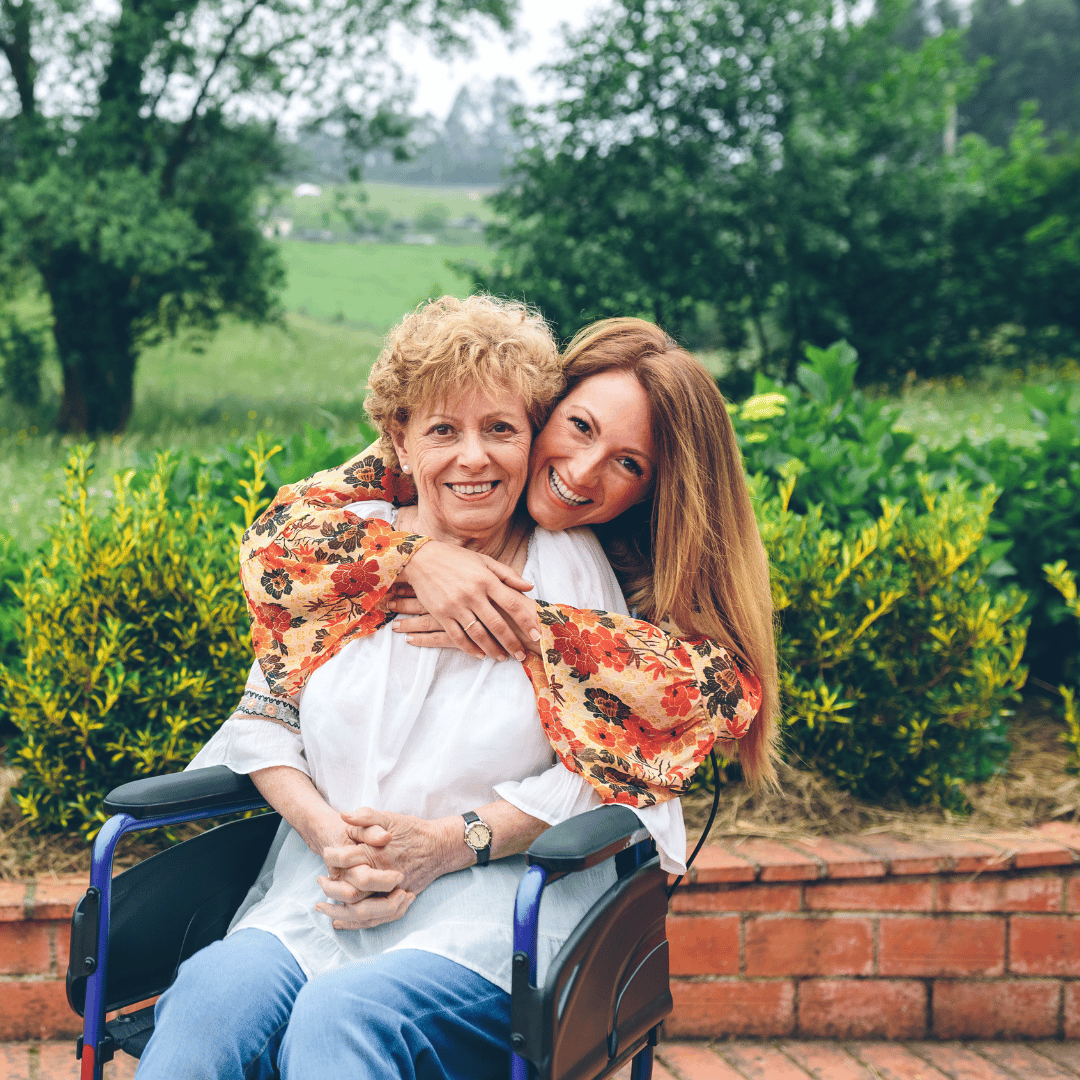
.png)

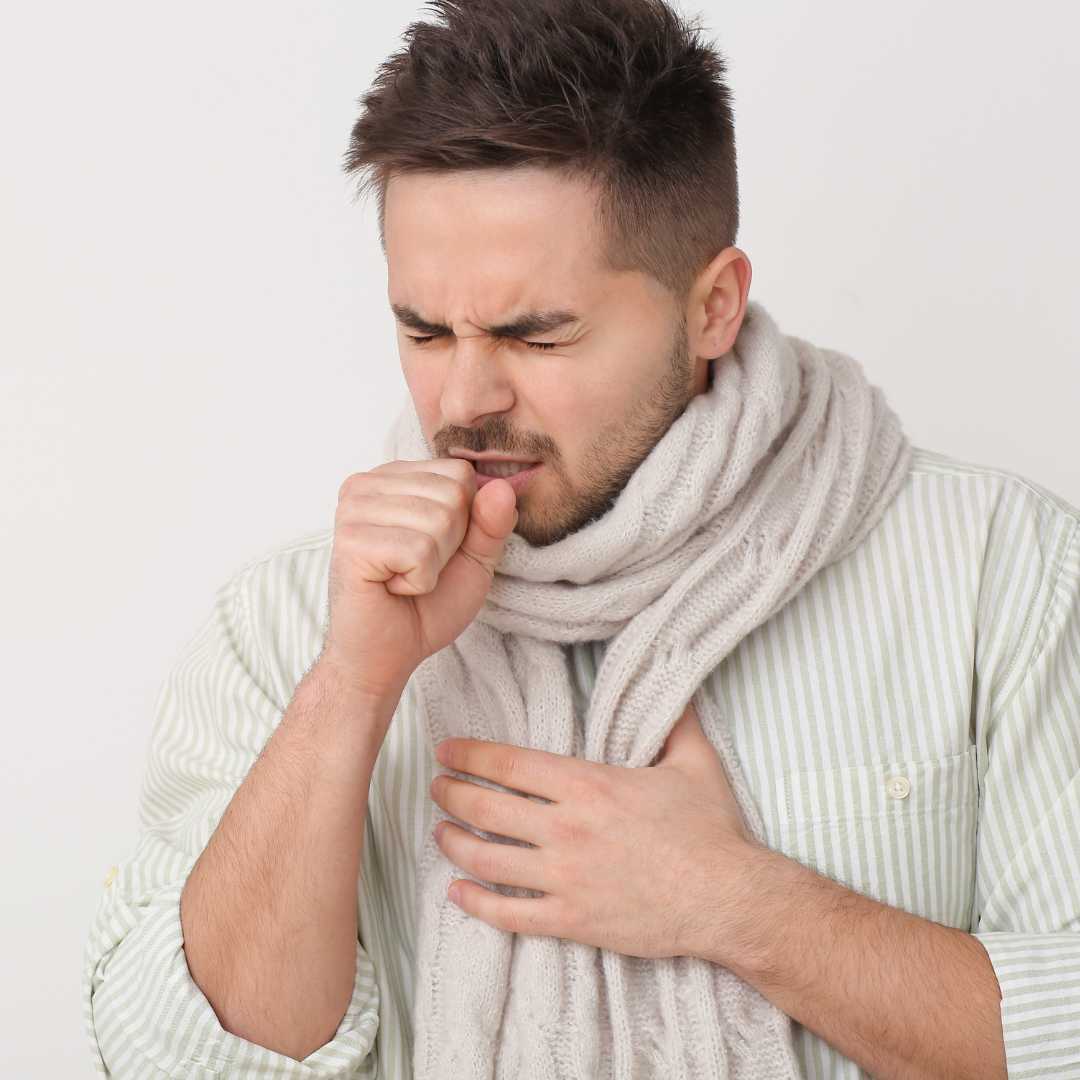



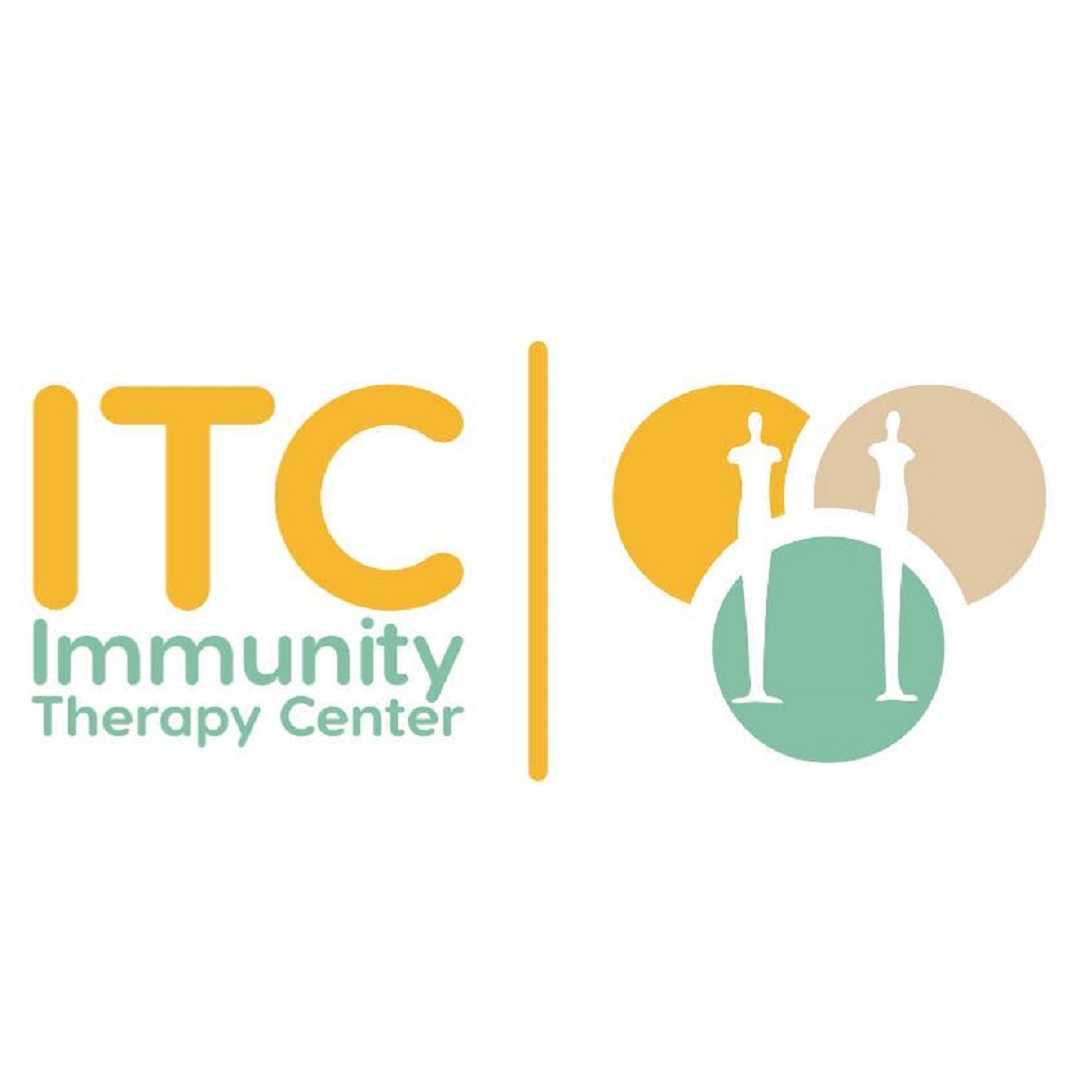
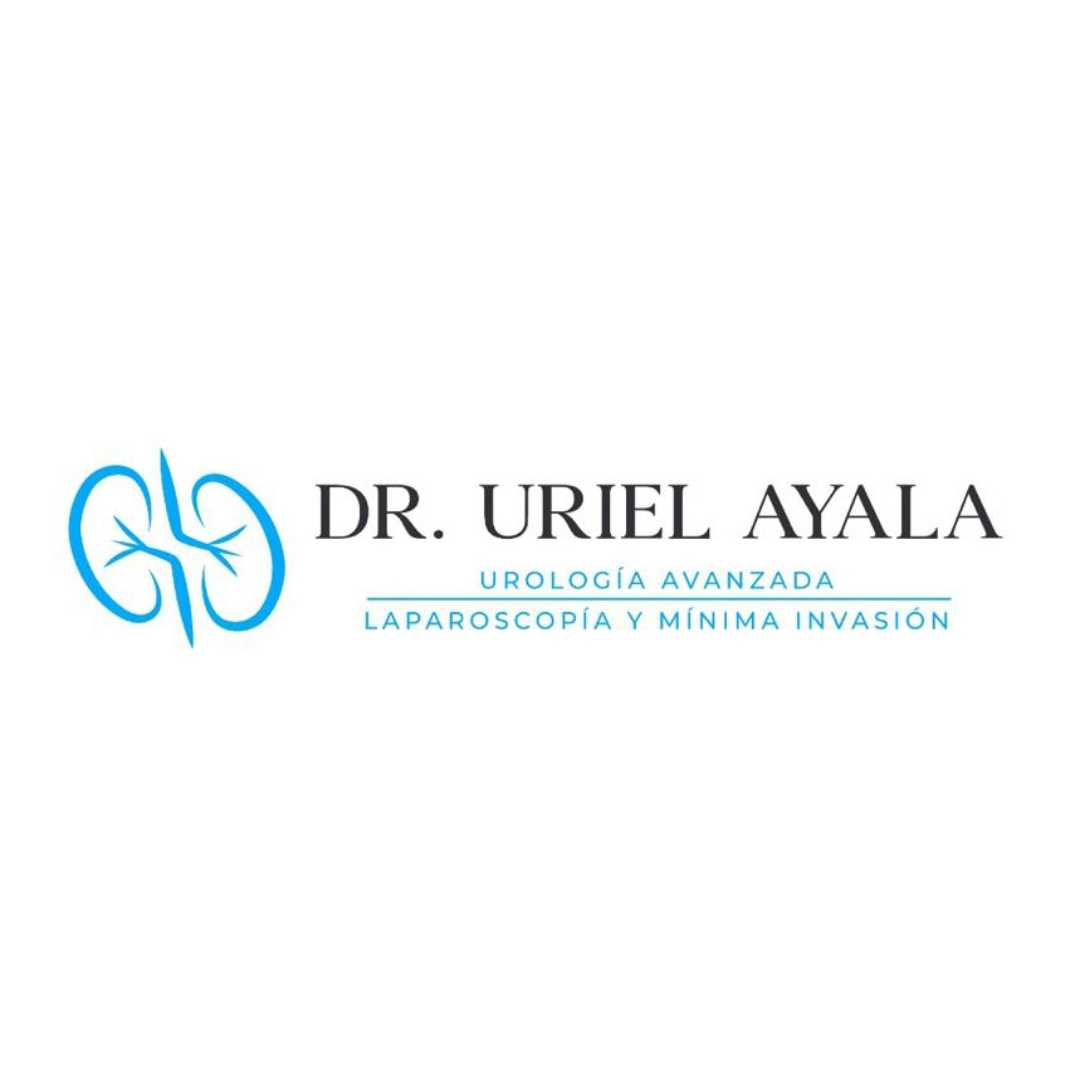

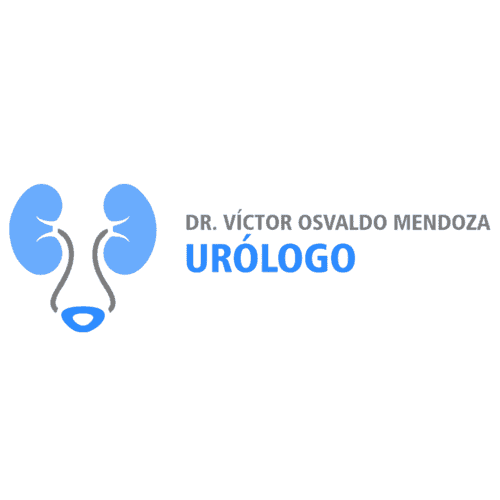


Share this listing